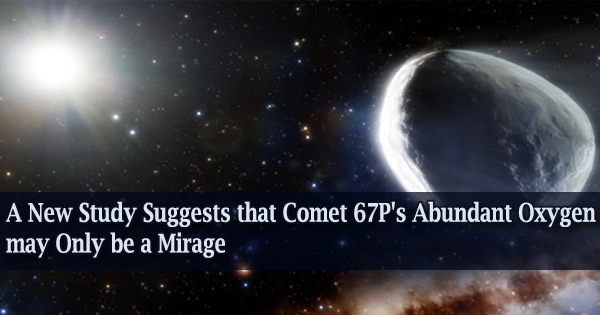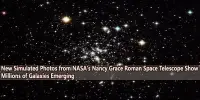Tau Boötis b is a gas giant exoplanet in the habitable zone of an F-type star. It’s an extrasolar planet located about 51 light-years away. The planet and its host star are among the planetary systems chosen by the International Astronomical Union as part of NameExoWorlds, their public process for naming exoplanets, and their host stars. It has a mass of 5.95 Jupiters, takes 3.3 days to complete one orbit around its star, and is 0.049 AU away from it. In 1996, it was announced that it had been discovered.
Discovery
The planet was discovered in 1996 and is one of the first extrasolar planets discovered. Paul Butler and his team (San Francisco Planet Search Project) discovered it orbiting the star Tau Boo (HR 5185) using the highly successful radial velocity method. Tau Boötis b has a mass nearly six times that of Jupiter and is located in the constellation of Boötes, approximately 51 light-years away from our planet.
Because the star is visually bright and the planet is massive, it produces a very strong velocity signal of 469 ± 5 meters per second, which Michel Mayor and Didier Queloz quickly confirmed using data collected over 15 years. The AFOE Planet Search Team later confirmed it as well.

Characteristics
Tau Boötis b’s temperature is likely to inflate its radius (1.2 times that of Jupiter). Because no reflected light was found, the planet’s albedo must be less than 0.37. By 2021, the albedo constraint was reduced to less than 0.12. At 1600 K, it is expected to be hotter than HD 209458 b and possibly even HD 149026 b (as is HD 179949 b). Tau Boötis b’s predicted Sudarsky class is V, resulting in a highly reflective albedo of 0.55.
A massive exoplanet orbiting a pair of parent stars shines brightly in radio waves far from Earth, within the Tau Boötes planetary system. These signals provide the first indications of magnetic fields around worlds in other solar systems, and they may provide astronomers with a new way to explore alien worlds scattered across the galaxy.
The signal comes from the Tau Boötes system, which is made up of a binary star and an exoplanet. We make the case for a planet-wide emission. The strength and polarization of the radio signal, as well as the planet’s magnetic field, are consistent with theoretical predictions.
A young, hot F-type star and its companion, a cool red dwarf, make up the Tau Boötes solar system. These binary stars are joined by a massive hot Jupiter, which circles the system every 80 hours. In 2020, a radio emission in the 14-30 MHz band was detected from the Tau Boötis system, which was most likely caused by cyclotron radiation from Tau Boötis b’s poles.
















